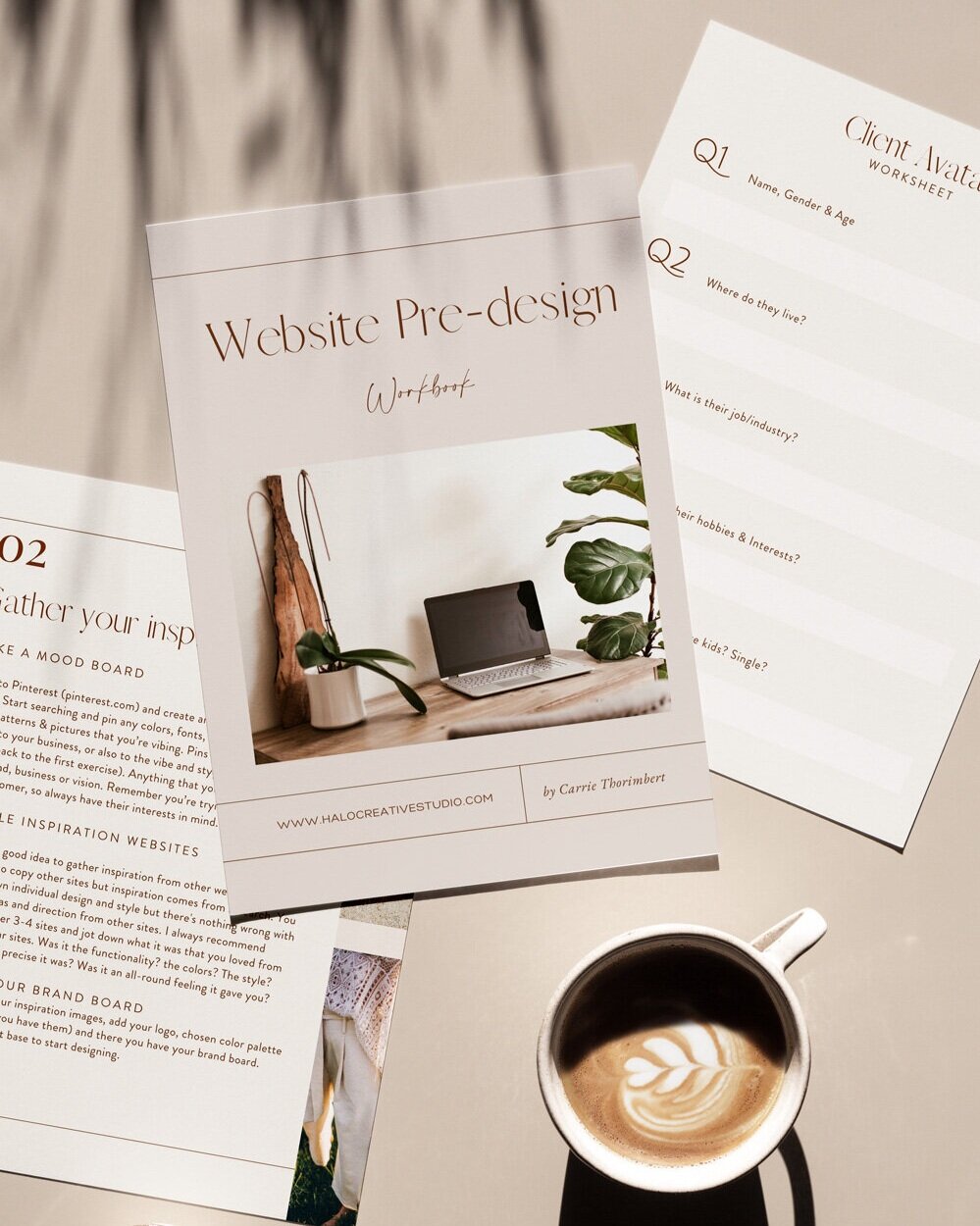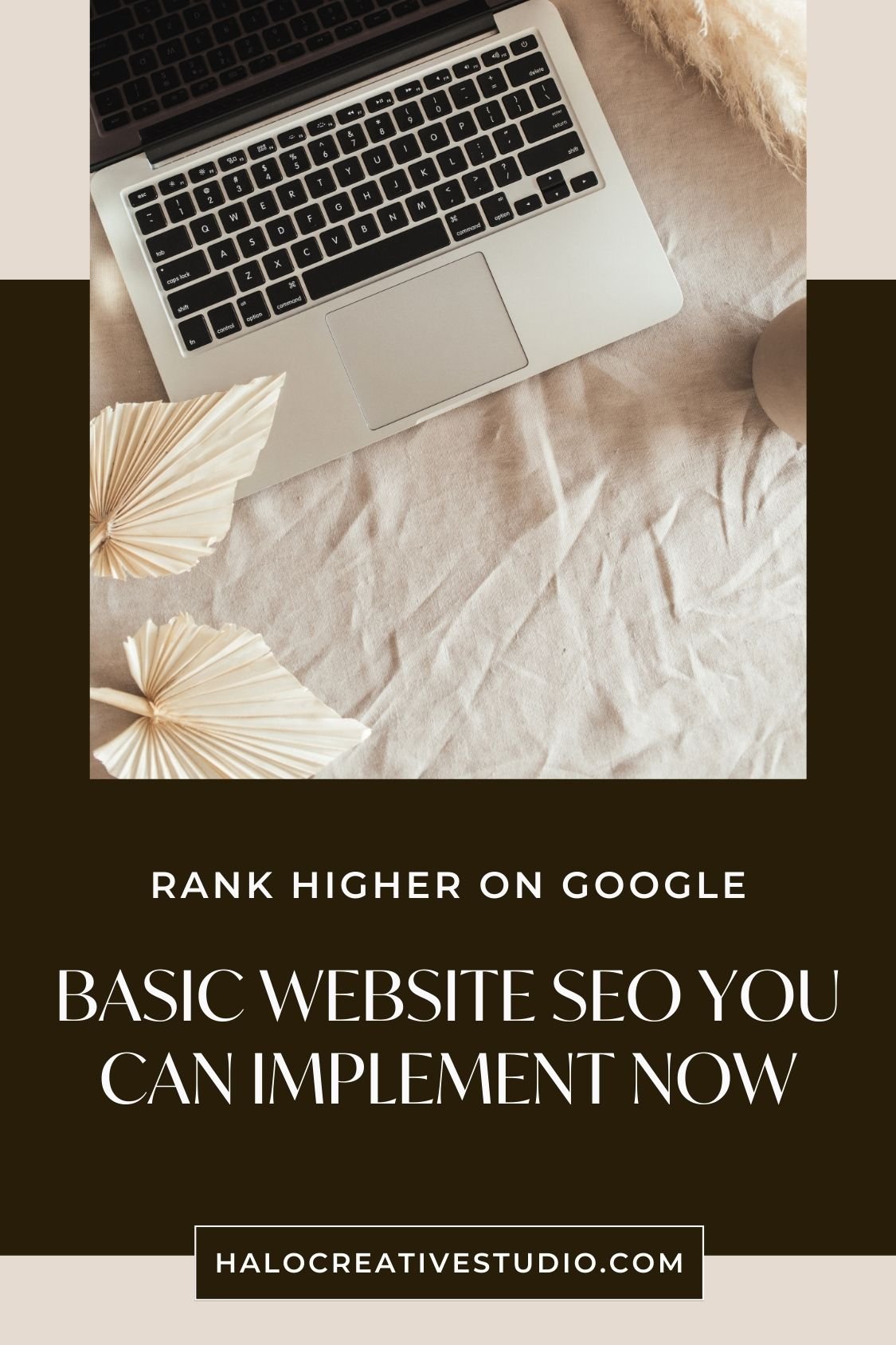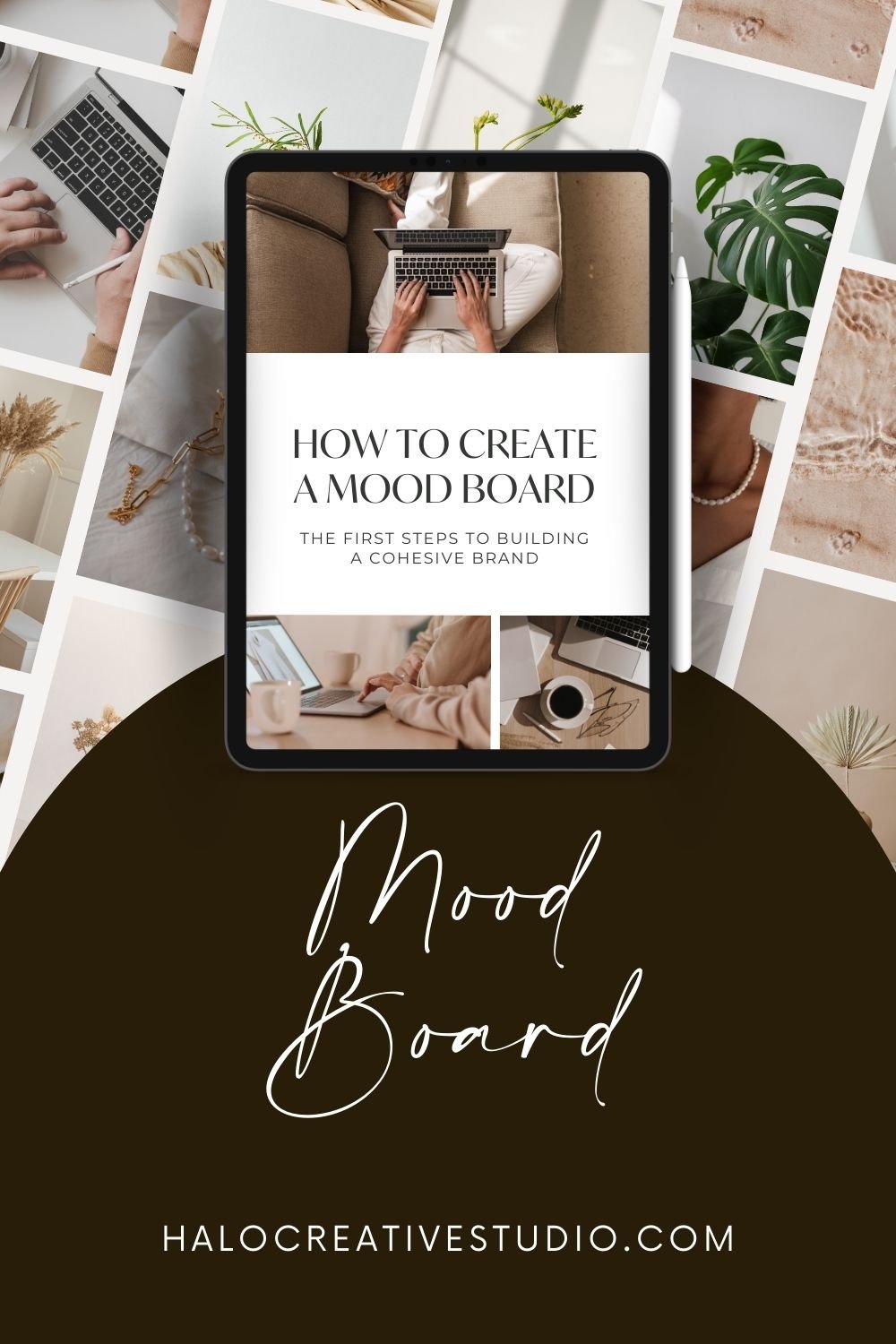What’s the Difference Between a Custom Built Squarespace Website and a DIY Template?
Choosing the right option…for you
As a small business owner and aspiring entrepreneur, the choice between a custom-built website and a DIY template can be daunting. While DIY templates offer a quick and cost-effective solution, custom-built websites provide a tailored experience that can significantly enhance your online presence. Let's delve into the differences, weighing the pros and cons of each option, to help you make an informed decision that suits your business needs.
Custom-Built Squarespace Websites
Pros:
Tailored Design and Functionality:
A custom-built website is designed specifically for your brand, ensuring a unique and professional look. It allows for complete customization of layout, color schemes, fonts, and features, providing a seamless brand experience. You can integrate unique functionalities that align perfectly with your business needs.SEO and Performance Optimization:
Custom websites often come with built-in SEO best practices. A professional developer can optimize site speed, mobile responsiveness, and metadata, ensuring your site ranks well in search engine results. This is crucial for driving organic traffic and enhancing visibility.Enhanced Accessibility:
Professionals can ensure your website meets accessibility standards, making it user-friendly for all visitors, including those with disabilities. This includes implementing proper alt text for images, keyboard navigation, and screen reader compatibility.Scalability and Flexibility:
As your business grows, a custom-built website can easily scale with you. Adding new features or adjusting the design to accommodate new content is more straightforward with a bespoke site, ensuring your online presence evolves with your business.Ongoing Support and Maintenance:
A custom website often comes with ongoing support from the designer or developer. This means you have a dedicated professional to handle updates, troubleshoot issues, and keep your site running smoothly.Professionalism:
A custom-built website ensures that a client is set up for success from the start by leveraging the expertise and professional eye of experienced web designers. These professionals tailor every aspect of the website to meet the unique needs and goals of the business, ensuring optimal functionality, user experience, and visual appeal. A professional offers experience and know-how which saves time and stress.
Cons:
Higher Initial Investment:
Custom-built websites generally require a larger upfront investment compared to DIY templates. The cost reflects the time, expertise, and customization involved in creating a unique site tailored to your brand.Longer Development Time:
Crafting a custom website takes time. The design and development process is more involved, requiring collaboration between you and the designer to ensure the final product meets your expectations.
NEED A CUSTOM WEBSITE?
Come check out our Squarespace Website Services
DIY Templates on Squarespace
Pros:
Cost-Effective:
DIY templates are significantly cheaper than custom-built websites. They provide a budget-friendly option for businesses just starting out or those with limited resources.Quick and Easy Setup:
With a DIY template, you can have your website up and running in a matter of hours. This is ideal for those who need a simple online presence quickly and without a large financial commitment.No Technical Skills Required:
Squarespace templates and Shopify themes are user-friendly, designed to be easily customized without any coding knowledge. The drag-and-drop interface allows you to change layouts, fonts, and colors with ease.Pre-Designed Aesthetics:
DIY templates come with pre-designed layouts and aesthetics, making it easy to create a professional-looking website.
Cons:
Limited Customization:
While DIY templates offer some customization, they are limited by the template's built-in features and design constraints. This can result in a website that looks similar to others using the same template, lacking a unique brand identity.Basic SEO and Accessibility Features:
DIY templates may not be fully optimized for SEO or accessibility. Without professional input, crucial elements like metadata optimization, site speed, and mobile responsiveness may not be adequately addressed, potentially impacting your site's performance and visibility. If you’re opting for the DIY option, head to my blog ‘Basic Website SEO You Can Implements Now’ which goes over some of the general SEO techniques you can implement on your templated website.Lack of Professional Guidance:
When using a DIY template, you miss out on the expertise and advice that a professional designer can offer. This includes strategic planning for user experience, conversion optimization, and future scalability.Limited Support:
While platforms like Squarespace and Shopify offer customer support, it's not the same as having a dedicated developer who understands your specific website and business needs. Troubleshooting complex issues or implementing advanced features can be time consuming and challenging without professional assistance.
Making the Right Choice
The decision between a custom-built website and a DIY template depends on your business's specific needs, budget, and long-term goals. A custom-built website is ideal for businesses looking for a unique, on brand, fully optimized, and scalable solution. It offers the benefits of professional design, advanced functionality, and ongoing support, ensuring a robust online presence.
On the other hand, a DIY template is a practical option for those who need a quick, affordable, and straightforward website. It's a great starting point, especially for businesses in the early stages or those with limited resources.
Tip: Even if you opt for a DIY template, consider investing in professional services to enhance key areas like SEO, accessibility, and performance optimization. This hybrid approach can provide a balance between affordability and professionalism, ensuring your website is both functional and effective.
In the end, whether you choose a custom-built website or a DIY template, the key is to align your choice with your business goals and brand vision.
Remember, your website is often the first impression potential customers will have of your business, so make it count!
Pin it for later!
Get Your Free Website Pre-Design Workbook
Download your Workbook to get started on building the site of your dreams. This comprehensive guide will help you plan, design, and create a stunning website.
Happy Creating!








